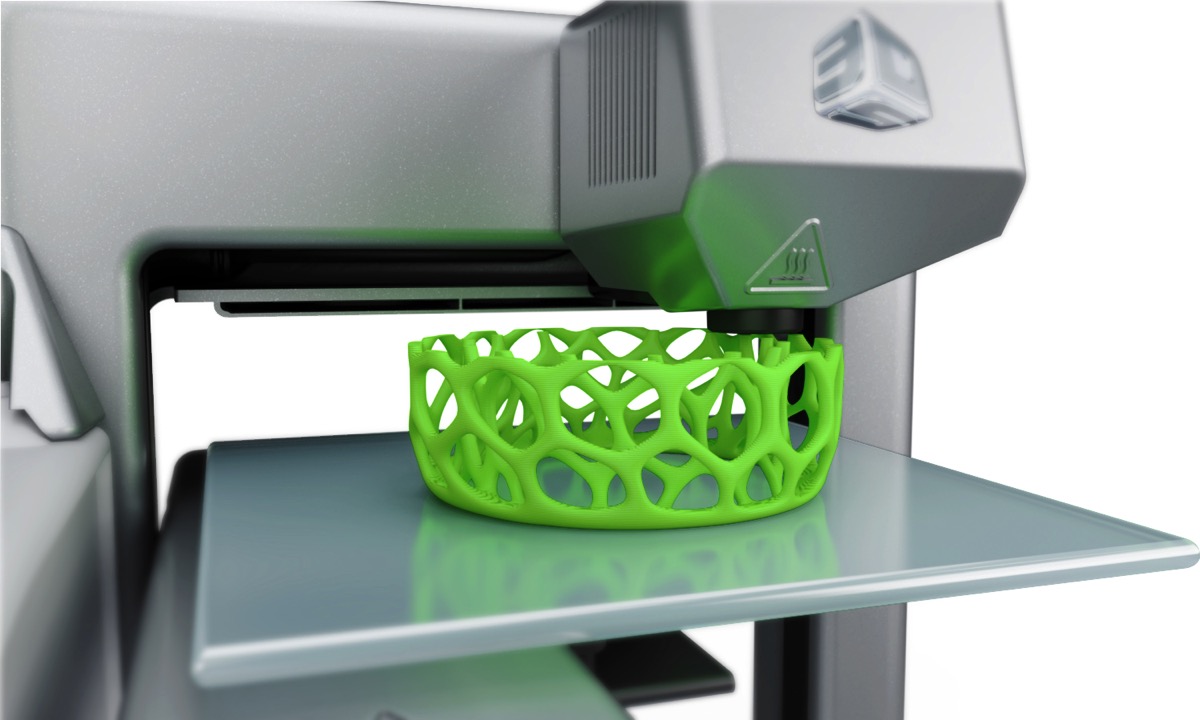-
Why Should I See an Orthodontist to Straighten My Teeth?
Reply

In today’s market, more and more general dentists are dabbling in aspects of dentistry which were historically confined to specialists. This is especially the case in orthodontics. For the average patient or parent, who to trust for their orthodontic needs can be a daunting question. Should I see my general dentist who I have known for years? She said she could do it. Should I see the person that my friend sees that does orthodontics but isn’t an orthodontist? After all it is cheaper. Or, should I see an orthodontist?
It is so hard for the average person to sort out the inside baseball aspect of dentistry and the laws that govern our profession. In the state of California, any person with a dental license can provide orthodontic treatment. Believe it or not, there is no certification requirement. Even with no experience at all, a licensed dentist can legally perform orthodontics. Only somebody that has a orthodontic certificate from an accredited orthodontic program can call themselves an orthodontist. But, any dentist can name their practice with orthodontics in the title (e.g. Last Name Orthodontics). How can the average person figure any of this stuff out?
The dental sherpa recently had a great post that answers the question, why should I see an orthodontist for my orthodontic needs? The succinct answer, education. That is what differentiates the specialist, whether medical or dental, from the nonspecialist. Dr. Krieger so astutely points out:
The average non-specialist dentist simply doesn’t “know what they don’t know” about orthodontics, so they naturally believe that they have the right answers for what appear like “simple” cases when they might be more complex. The outcomes can be disastrous.
Some of the best examples of disastrous orthodontic treatment are quick treatment offerings. There is nothing magical about 6 month smiles or Fast Braces. They are systems that attempt to automate the first 6 months of orthodontic treatment. They are designed for somebody that does not know how to position braces or manipulate wires, something that any orthodontist should be able to do in their sleep. They are geared toward aligning teeth, which is often the easiest aspect of orthodontic treatment. They fail to address occlusion (the bite), which has long lasting implications for dental health.
In the end it truly is education that differentiates the specialist and non specialists. It is also what differentiates as specialist from one another. There are practitioners that practice as they were educated their entire career. While others strive to continually improve upon their knowledge base. The outcome is often higher quality patient care.
Every patient deserves to have a beautiful and healthy smile. It is important that each patient chooses the doctor and office that they feel will offer high quality care in conjunction with the service and atmosphere that fit their desires. But, you owe it to yourself to see an orthodontic specialist as it may be to your benefit.
-
Impression free Orthodontics – 3D Printing in Orthodontics

We are proud to announce that we are in the process of eliminating dental impressions (or dental molds) in our offices. Impressions are used to create plaster replicas of the teeth for retainers and orthodontic appliances. Currently, we have reduced the number of impressions that we take by 50% and intend on completely eliminating impressions by the end of the year (2016).

So how can we bypass these pesky impressions? By taking advantage of 3D scanning technology (which we have used for 4 years now), and stereolithography printing, we can scan the mouth and use a 3D printer to obtain a perfect duplicate of the teeth. All of this without sticky and gooey impressions and plaster models.
At Humphries Orthodontics it is our mission to utilize tried and true techniques in conjunction with the latest technology in order to confer the best possible care. We don’t use the newest thing just for the sake of newness. It is essential that the technology confer an advantage to our patients. In this instance, the retainers and appliances have a more precise fit. Of course, it also allows us to eliminate one of the most unpleasant parts of orthodontic treatment. There are so many benefits to this technology.
We are extremely excited to be offering this technology (3D scanning and now 3D printing) to our patients. We are one of the few offices nationwide utilizing this technology.
